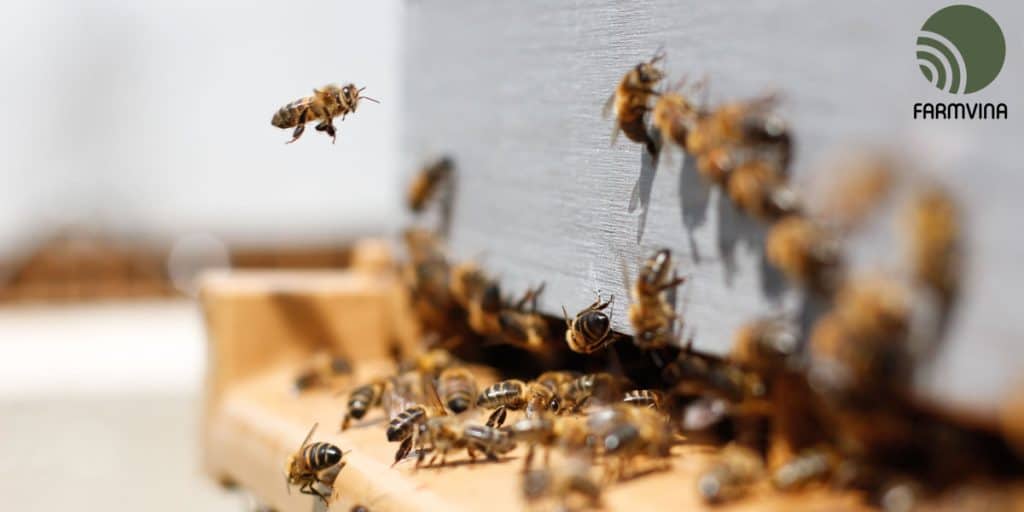Soil Types
Continuing with our homesteading series, we today will talk about … soil types. There are four descriptive types of soil:
- Grainy
- Sandy
- Clay
- Well drained-loamy, which is the ideal soil for gardens
Scientists, however, classify soil depending to its:
1. Color
The color of the soil can give information about unprocessed matter in the soil, fertility, drainage, and biotic activity. To know the color of your soil, use a garden shovel, and hallow out a shallow pit of at least four inches deep, and judge the color. You have to do this before the sun can dry the soil which would change its true color.
2. Compaction
To be beneficial, a soil has to be able to breathe as when the water is able to flow through the soil reasonably fast and with no trouble at all. Compressed soils do not permit much air to reach the root area and water, such as rainfall or irrigation, tends to merely run-off. This amplifies erosion and washes away topsoil and vegetation.
A normal, freely compressed soil helps to soak up and keep water, releasing it in trickles, and enables the root area of plants to breathe. These soils are usually more prolific, as plants can grow readily. Dense, vastly compressed soils typically have little plant development, which increases overflow.
The percentage of infiltration of water is a great indicator of soil condition. Sand is the biggest element in the soil. When you rub it between your thumb and pointer finger, it feels coarse. This is due to it has sharp sides. Sand does not hold a lot of water or nutrients.
Silt is a soil element whose size is between that of sand and clay. Silt feels fine and chalky. When wet the texture is smooth but not gluey. Clay is the tiniest soil element. Clay is even when dry and gluey, or plastic when drenched in water. Soils with high clay content are known as heavy soils.
Clay can store many nutrients, and some types can hold a bit of liquid, but the composition of clay does not allow air and water flow through it easily. Most of the liquid in a clay soil is so firmly bound to the clay elements that plants cannot get it free.
3. Moisture content
The amount of moisture in soil differs greatly with the kind of soil, organic material in the soil and climate. The kind of organisms that can live in soil is largely limited by the amount of liquid available as water acts as a way of nutrient transfer and is needed for cell existence.
Soil humidity can be estimated by mere sight, although this is a little imprecise. To be precise, soil moisture must be ascertained by a soils laboratory. Soils laboratories generally dry a sample on a hot plate and compare the heaviness of the soil prior to drying to the heaviness after drying.

The moisture substance is reported as percentage moisture on the basis of its weight. Many irrigation system producers have established soil humidity indicators that may be used to regulate irrigation with more precision, making the system on in locations where more water is required and then solely for the minimum period necessary to get the soil humidity back to its desired amount.
4. Organic content
The organic substance of soil greatly affects the animal, plant and microorganism inhabitants in that soil. Decomposing natural material gives the much needed nutrients to soil populace. With no fresh inclusions of organic substances from time to time, the soil becomes lacking in certain nutrients and soil inhabitants decrease. The amount of natural material can be ascertained by ignition.
Organic matter consists of carbon compounds, which when warm up to a high degree of temperature are changed to carbon dioxide and liquid. In the ignition procedure, a dry hard sample is warmed up to a high level of temperature. The organic substance in the soil is released as gases. This ends in a change in weight which permits for calculation of the natural content of the sample tested.
5. pH
Majority of the people think that water from rain has a pH of 7, so it really is quite shocking when they find out that unpolluted rainwater has a normal pH of about 6 – 6.5, which is a little bit acidic. This is because liquefied carbon dioxide from the air, which changes with water to create a dilute acid, so much like carbon dioxide in soda. It is no surprise that many plants grow at best around soil having the same pH.
You can ascertain the pH of the soil quite easily with the use of a universal pointer solution or a pH paper which are available at many hardware shops in the pool materials department. Please remember that certain plants, like red cedar, rhododendron, firs, camellias, pines, azaleas, spruce, blueberries and ferns, thrive on soil that is with an acidic pH of 5.0.
Other plants, like beech, sagebrush, mock orange and asparagus, can live on soils with a pH 8.0. Higher than a pH 8.5, the earth is so limy for the majority of plants; however, if the soil pH is below 3.5, it will be too harsh. You should also consider that each level of soil may have unlike pH, which signifies that pH can differ within the soil, though the variance is usually not too wide ranged.
6. Soil Profile
If you truly want to gain knowledge about your soil, the best method is to start in obtaining a cross-section of the many layers. This can be done easily with the use of a soil core tool, which is a little more than an empty tube 2 to 4 feet long with a holder and cross piece, like a shovel, to aid in pushing it in.
As soon as the tool has been injected into the soil, it should be twisted to loosen the soil and then taken out. The soil core specimen can be easily scrutinized to identify the many horizontal layers in the soil, the sum of which is called a soil profile.
To know a soil horizon, you merely mark where the soil varies in color and/or overall appearance. Majority of soils have three most important horizons consisting of the parent material, top soil and subsoil. Subject to where you took the sample, the top zone may consist of actively developing and dead plants remnants.
The topmost soil is typically of a darker hue and usually has many roots, organic matter, higher biological activity and usually less in nutrients than the layers beneath. The first inch of top soil may be lighter in hue as quite a number of the nutrients may have been filtered out by water and natural material may have been incompletely oxidized by heat and sunlight.
The soil immediately below the first inch is generally somewhat darker, has moderate natural matters, many roots and gives most of the nutrients for the plants. The next important layer is the subsoil. This is typically a foot or two below the external face and is set apart by a lighter shade with much lesser but larger roots.
The subsurface level typically has less clay as compared to the topsoil. The third level, generally not observable, is the parent substance. This consists of loose, slightly worn rocky substances from which soil comes into being. It is set apart by restricted biological activity and few roots.

7. Soil Structure
This tells in what way the soil influence the flow of air, water and root diffusion into the soil. The geometric silhouettes of the soil ascertain how it is placed together. Soil structure descriptive categories are:
- Blocks — This means that the chunks of soil are huge, with the same frequency of cracks going vertical and horizontal;
- Columns – The chunks of soil and connected cracks are mostly longer in the upright direction than in the horizontal;
- Granular – The chunks of soil are not big, with the same frequency of cracks going both horizontally and vertically;
- and Plate-like – The chunks of soil and connected cracks are mostly longer in the flat direction than in the upright.
8. Soil Temperature
The heat in the soil has a significant part in helping to know how fast or slow is the rate of plant development, and if a plant will even live. The heat in your soil changes extremely with depth.
9. Soil Texture
Soil covered with dust absorbs at least two inches of water per hour. It is extremely porous, with huge spaces among soil particles. A small amount of water is kept and the sandy soil dries out fast. Loam soil soaks up from a fourth of an inch to 2 inches per hour. Loam is loose, absorbent and keeps water very well.
On the other hand, clay soil soaks up less than a fourth of an inch of water per hour. Clay soil is thick with few air holes between particles and contains water extremely tightly that only a little water is accessible to plants. Of the nine listed, three factors are more significant than the others. These are organic content, pH and texture.
Phew, by now you probably know about different soil types and how to test those soil types. Looking forward to seeing you in other posts in Homesteading!
Originally posted 2020-08-28 08:58:00.



